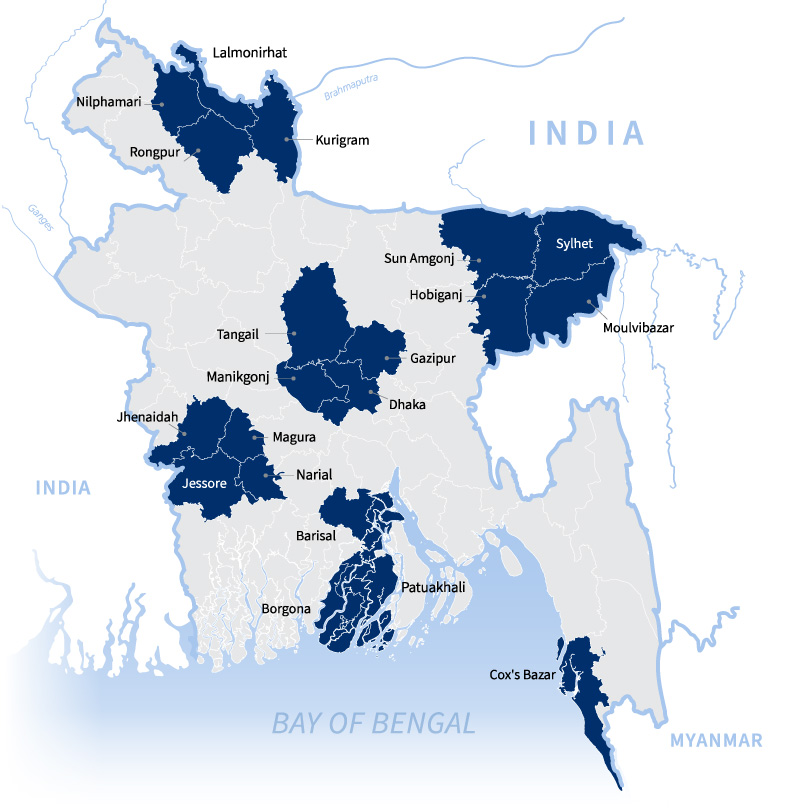The oral reading fluency (ORF) subtask measures how quickly and accurately a student can read. It is a core reading skill measurement because it brings together lower-level reading skills (such as decoding and familiar word recognition) with how quickly and easily the student can read a given word (called automaticity).
Students were given a short, written passage on a topic that is familiar to them. They were asked to read it out loud “quickly but carefully”. If they were unable to read at least five words correctly, they were stopped and considered “non-readers”. The test administrator timed the student, making note of any mistakes the student makes while reading the words aloud. The Literacy Boost score is reported only for “readers” (not non-readers) as correct words per minute (cwpm).






